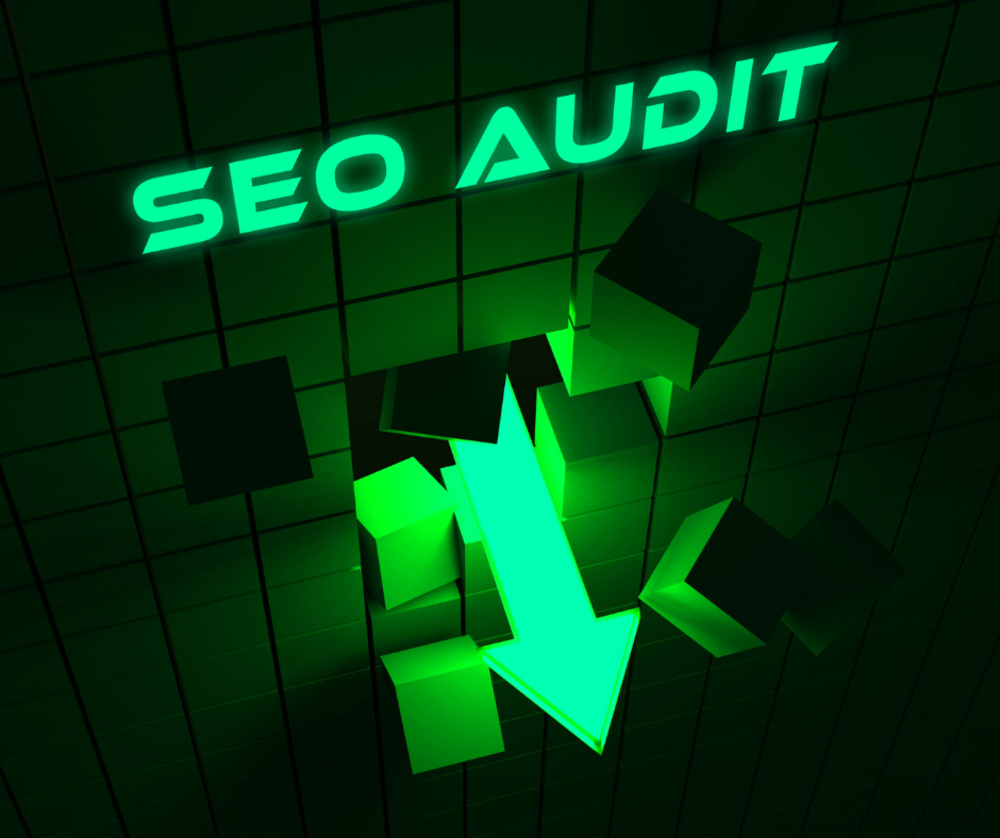Ever wondered why some websites consistently rank higher, gain more visibility, and attract steady streams of customers? For many local businesses and franchise owners, achieving consistent online growth can seem like an elusive goal. With Google algorithms evolving and AI-driven tools like ChatGPT playing a bigger role in how content is found and valued, it is easy to feel stuck using outdated strategies. Yet, there is a pathway to measurable improvement: aligning your regular SEO content audits with the real metrics that matter—purpose, performance, and Large Language Model (LLM) visibility.
Traditional SEO audits often focus solely on keyword density or backlinks, missing the broader picture of why content exists and how it contributes to business outcomes. More than ever, effective online strategies must answer vital questions: What does good content look like for your brand right now? How does it perform across the buyer journey? Can AI engines easily interpret and recommend your website’s pages? By addressing these areas, you can transform your website into a true business asset, one that supports visibility, builds authority, and drives lasting engagement.
This article will walk you through a practical, experience-backed approach that improves your audit process, giving you clear steps for aligning your content with the metrics that count. We’ll cover everything from defining the purpose of each page, segmenting content by its role in your sales funnel, scoring its impact, and refining your content portfolio, to ensuring each update supports both your business goals and modern search requirements.
Establishing Purpose: Defining What “Good” Looks Like for Your Business
Before any technical checks or content scoring, clarity about what you aim to achieve makes a world of difference. Many local businesses or franchises publish content without a strong sense of direction, leading to pages that underperform or fail to serve any strategic role. Rather than treating all content as equal, start by identifying the measurable outcomes you want to influence.
Good content means different things for different businesses. For some, high visibility in Google search matters most. For others, brand authority, user engagement, or even generating qualified leads are top priorities. Defining your content’s primary purpose enables you to evaluate each page against that standard. Whether you prioritize driving organic traffic, building expertise in your field, increasing conversions, or a combination, your audit can then measure progress in relation to these aims. This focus also helps you justify every piece of content, making it easier to communicate your strategy to your team or stakeholders.
Segmenting Content by Type and Funnel Stage
Once you know the purpose, the next step is breaking down your content into categories that reflect both topic and buyer journey stage. Not every page on your website should do the same job. Some content is designed to attract new visitors at the top of the funnel; others serve to inform, nurture, or close leads. By categorizing each page, such as informational blog posts, service pages, FAQs, case studies, or testimonials, you get a clear map of how your website supports business growth from discovery to conversion.
This segmentation simplifies the audit process. Instead of overwhelming yourself with a general list, you can audit pages in context. For instance, your top-of-funnel knowledge articles might be assessed for search visibility and LLM-friendliness, while bottom-of-funnel service or contact pages are checked for clarity, calls-to-action, and conversion tracking. When each content type has defined goals, it becomes far easier to quantify what success looks like and focus your SEO resources where they will have the biggest impact.
Scoring Content with the 3 Ps: Purpose, Performance, and Potential
Evaluating the true value of each page requires both data and insight. Here is where a tailored scoring system can guide your decisions. The 3 Ps framework helps you give every piece of content a holistic, actionable score: Purpose (does this page serve the business goal it was made for?), Performance (how is it currently ranking, attracting visitors, or converting?), and Potential (with updates, can this page do even more, especially regarding LLM visibility and AI-readiness?).
Integrating tools like Google Analytics 4 and Google Search Console uncovers hard data around user engagement, organic traffic, and conversion rates. Meanwhile, experimenting with AI like ChatGPT offers a way to check how well your content is understood by language models, which are increasingly influential in search and AI-driven recommendations. Bringing these insights together lets you group content into clear action categories and focus your optimization efforts where the rewards are highest.
Deciding What Content Stays: Remove, Combine, Update, or Keep
The most effective audits always produce actionable outcomes. For every piece of content you review, decide on one of four outcomes: Remove content that no longer supports your strategy or is outdated, Combine similar pages to reduce duplication, Update weaker content to meet your standards, and Keep outstanding content unchanged.
Each decision should be based on your scoring assessments, business goals, and the changing needs of your customers. Removing low-value pages prevents your website from becoming cluttered, while combining or updating optimizes your search presence and the value you deliver to visitors. Revisiting these decisions regularly keeps your website current and competitive in dynamic search environments.
Optimizing for Search and LLM Visibility
Modern SEO content must perform well for both search engines and advanced tools like LLMs. This means not only using relevant keywords but structuring pages for clarity, including well-organized headers, concise summaries, and meaningful meta data. Content must offer substance from a human perspective yet also be machine-readable, making it easy for AI systems to summarize and recommend your expertise.
Ensuring your pages answer specific queries, include unique value, and reference authoritative sources signals to both search engines and language models that your site is trustworthy. Testing your content in AI tools and adjusting based on their outputs can highlight overlooked gaps, especially for local businesses keen to stand out in both organic search and new AI-powered platforms. An ongoing commitment to content optimization is central to sustained results, something we can help with through our comprehensive SEO Services.
Prioritizing Action: Building an Effective Content Audit Plan
After analysis, map out your next steps by prioritizing. Focus first on high-impact pages, whether they have strong potential for more traffic, or play a critical role in conversions. Create a clear action roadmap, identify quick wins (such as title or meta improvements), and schedule larger updates like rewriting cornerstone blog posts or merging low-value pages.
By organizing your efforts in this way, your SEO strategy becomes both proactive and manageable. It enables your team to work efficiently and see measurable progress, making your audit process a driver of ongoing improvements rather than a one-off exercise.
Tracking Business Metrics: Measuring What Matters Most
Ultimately, the most successful SEO audits look beyond simple rankings. Metrics like local leads generated, form fills, booked appointments, or direct inquiries provide a much clearer picture of business impact. Tracking these outcomes alongside traditional SEO analytics bridges the gap between digital activity and real-world results.
Set up dashboards that bring business and SEO metrics together, allowing you to continually refine your strategies based on what drives revenue or customer engagement. This holistic measurement ensures that every improvement feeds back into what supports your business growth, rather than chasing trends that bring little value.
Conclusion
Aligning your SEO content audits with clear objectives, performance data, and new visibility requirements represents a competitive advantage for local businesses and franchise owners alike. Through purpose-driven segmentation, comprehensive scoring, decisive content management, and a practical action plan, your online strategy works harder for you. The additional layer of LLM and AI-readiness is no longer optional if you want to be found and favored by both customers and the expanding digital tools that shape search habits.
Choosing the right partner can accelerate your progress. At Top4 Technology, our experienced team combines robust analytics, real-world business insight, and state-of-the-art SEO practices to support your goals. We help you transform your website into a results-driven asset, optimize every stage of your audit, and ensure your pages remain visible and valuable as digital standards evolve. Ready to structure your next SEO content audit for maximum impact? Explore our full range of SEO services designed for growing businesses like yours, and take the next step towards measurable online success.


 SAUDI ARABIA
SAUDI ARABIA

























